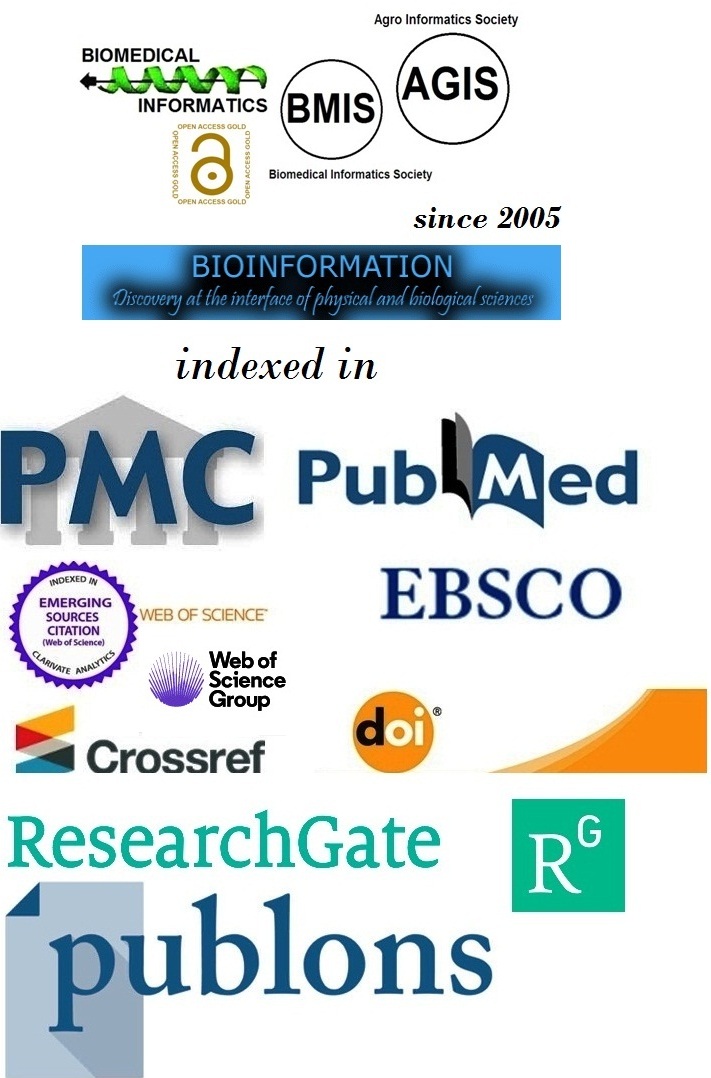Title
Authors
Affiliation
1Department of Microbiology, All India Institute of Medical Sciences Kalyani, West Bengal, India; 2Department of Pharmacology, All India Institute of Medical Sciences Kalyani, West Bengal, India; *Corresponding author
Mallika Sengupta - E-mail: mallika.micro@aiimskalyani.edu.in
Sunitaj Parvin - E-mail: sunitaj.micro_acjr24@aiimskalyani.edu.in
Aditya Kundu - E-mail: aditya094agt@gmail.com
Shiv Sekhar Chatterjee - E-mail: shivsekhar.micro@aiimskalyani.edu.in
Ujjala Ghoshal - E-mail: ujjala.micro@aiimskalyani.edu.in
Sayantan Banerjee - E-mail: sayantan.micro@aiimskalyani.edu.in
Kaushik Mukhopadhyay - E-mail: kaushik.pharm@aiimskalyani.edu.in; Phone: +91 9163167014
Article Type
Research Article
Date
Abstract
The application of machine learning (ML) algorithms to routine hematological parameters for early prediction of bloodstream infections and to characterize the microbial and antimicrobial resistance (AMR) profile of culture-positive cases is of interest. A retrospective observational study conducted at AIIMS Kalyani between January 2023 and December 2024, in which blood culture results, AST profiles and 16 routine hematological parameters were collected. ML models including Logistic Regression, Decision Tree, Random Forest and SVM were developed using Python. ROC-AUC, accuracy, sensitivity and specificity were computed for model evaluation. Escherichia coli, Klebsiella pneumoniae, Staphylococcus aureus and Pseudomonas aeruginosa were the predominant isolates, with high resistance to cephalosporins and beta-lactam-beta-lactamase inhibitor combinations. The Random Forest model showed the highest predictive power (accuracy: 87%, AUC: 0.70) and key predictors included neutrophil count, CRP, and TLC. The ML models offer promising support for early prediction of BSIs and, when coupled with continuous AMR surveillance, can facilitate rapid diagnosis and guide empirical antibiotic therapy, especially in low-resource settings.
Keywords
Bloodstream infection, machine learning, antimicrobial resistance, prediction models
Citation
Sengupta et al. Bioinformation 21(8): 2282-2287 (2025)
Edited by
P Kangueane
ISSN
0973-2063
Publisher
License
This is an Open Access article which permits unrestricted use, distribution, and reproduction in any medium, provided the original work is properly credited. This is distributed under the terms of the Creative Commons Attribution License.
